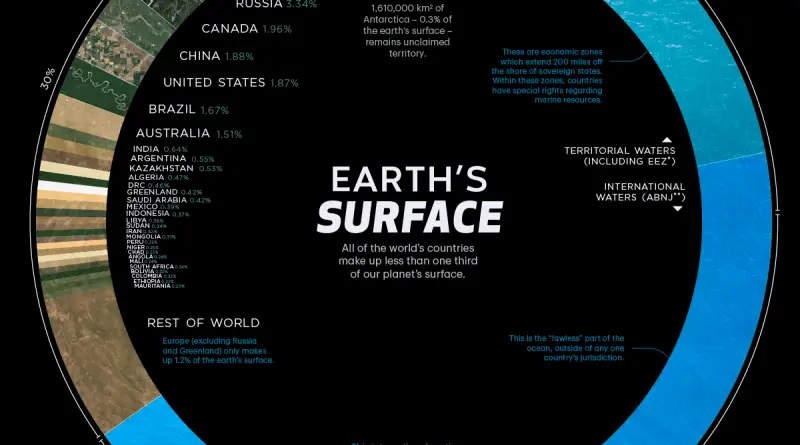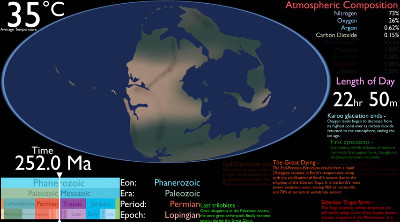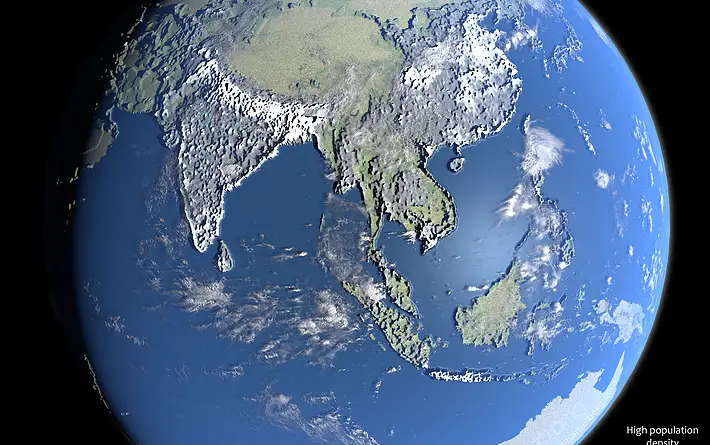How Much Daylight Is Gained in the U.S. Between the Spring Equinox and Summer Solstice?
As spring arrives, the Northern Hemisphere gains daylight at different rates. See how much your region benefits from the seasonal shift with a NOAA-based map showing daylight changes across the U.S.
Read More






